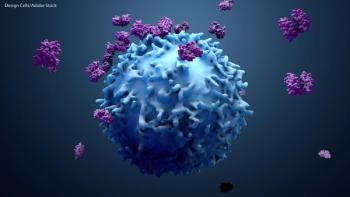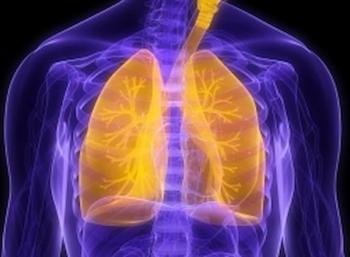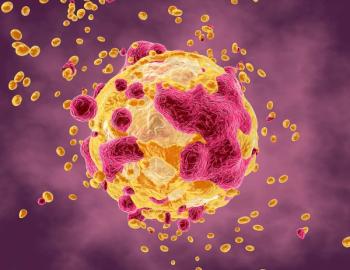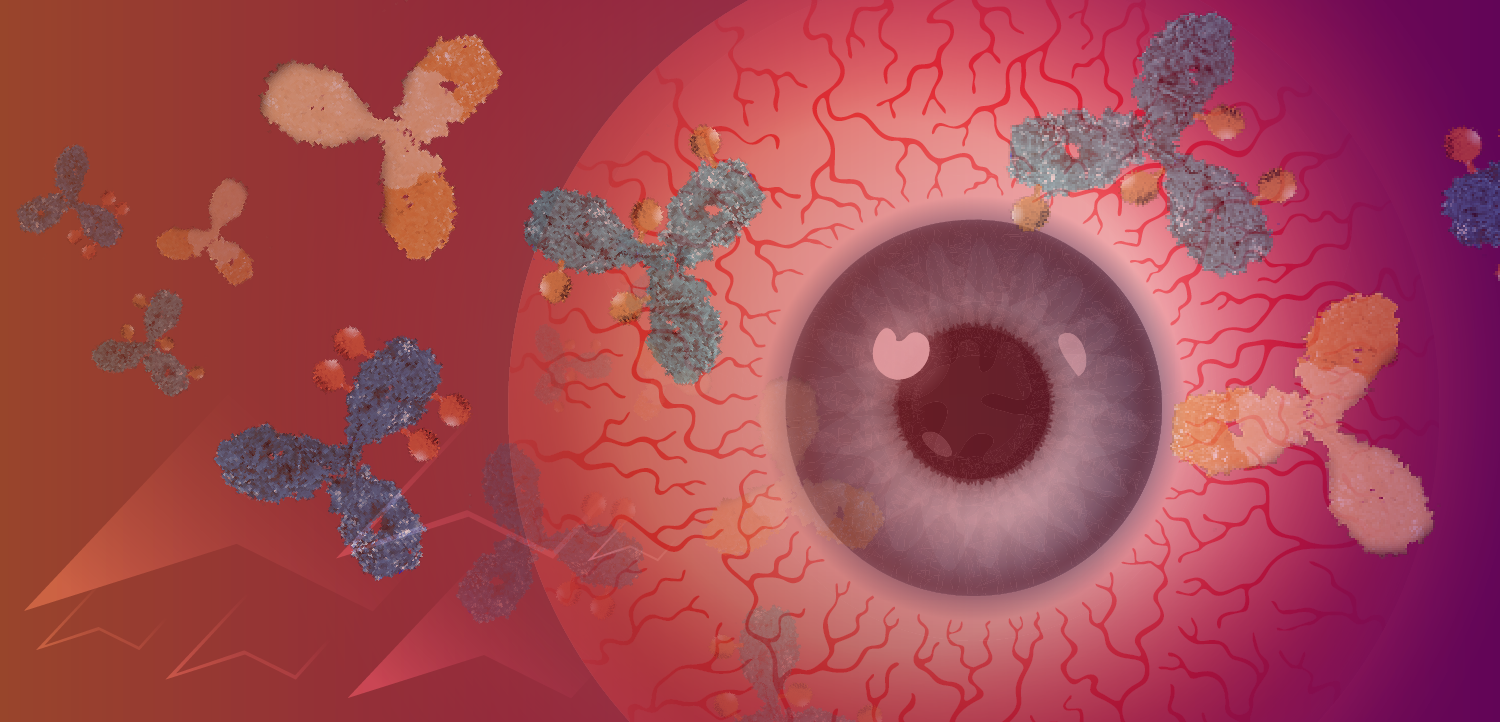
Oncology NEWS International
- Oncology NEWS International Vol 15 No 6
- Volume 15
- Issue 6
US Cancer Mortality Drops
Cancer remains the second leading cause of death in the United States, but the disease's mortality rate declined by 2.9% in 2004, according to the Centers for Disease Control and Prevention (CDC). Total US cancer deaths in 2004 numbered 550,270. Preliminary mortality data put the age-adjusted death rate for malignant neoplasms at 184.6 per 100,000 population, down from 190.1 in 2003. The nation's overall death rate fell to a record low of 801 per 100,000 persons, down from 833 the previous year. The preliminary data are based on approximately 90% of the 2004 death records reported by the 50 states.
WASHINGTONCancer remains the second leading cause of death in the United States, but the disease's mortality rate declined by 2.9% in 2004, according to the Centers for Disease Control and Prevention (CDC). Total US cancer deaths in 2004 numbered 550,270. Preliminary mortality data put the age-adjusted death rate for malignant neoplasms at 184.6 per 100,000 population, down from 190.1 in 2003. The nation's overall death rate fell to a record low of 801 per 100,000 persons, down from 833 the previous year. The preliminary data are based on approximately 90% of the 2004 death records reported by the 50 states.
Articles in this issue
over 19 years ago
Triple-Negative Cancers More Common in Young Black Ptsover 19 years ago
Artists Turn Flowers & Curves Into 'Forms' and 'Figures'over 19 years ago
Study to Examine Outcomes Disparities in Pediatric ALLover 19 years ago
Thalidomide Has 'Changed the Paradigm' in Myeloma Rxover 19 years ago
CA4P Gets Orphan Drug Statusover 19 years ago
Testicular Ca Survivors at Increased Risk for CV Eventsover 19 years ago
A Novel Brings a Cancer Research Laboratory to Lifeover 19 years ago
NCCN Reveals New Venous Thromboembolism Guidelineover 19 years ago
Lapatinib New Option for Metastatic HER2+ Breast Caover 19 years ago
FDA Approves Dacogen for Treating All MDS SubtypesNewsletter
Stay up to date on recent advances in the multidisciplinary approach to cancer.



















































































